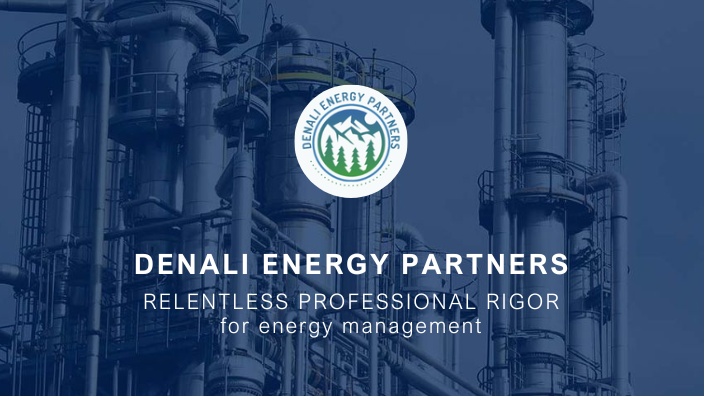What is Biomass for Industrial Parks: Introduction
Denali-ep
| 2 de octubre de 2024
What is Biomass for Industrial Parks
Introduction
Biomass has become a key term in the conversation about renewable energy and sustainability. But what role does it play specifically in industrial parks? In this article, we will explore in detail what biomass is, its types, conversion processes, and its application in industrial parks, highlighting its advantages, challenges, and success stories. Join us on this journey toward a greener and more sustainable future!
Definition of Biomass
Biomass is a type of renewable energy obtained from organic materials. It can be considered a form of stored solar energy, as plants capture sunlight through photosynthesis.
Types of Biomass
There are several types of biomass that can be used to generate energy:
Solid Biomass
This includes materials like wood, agricultural waste, and forest residues. It is the most commonly used type of biomass in industrial parks.
Liquid Biomass
Refers mainly to biofuels such as biodiesel and bioethanol, derived from vegetable oils and other organic waste.
Gaseous Biomass
Primarily biogas, which is obtained through the anaerobic digestion of organic waste.
Importance of Biomass in Industry
Environmental Sustainability
Using biomass helps reduce dependence on fossil fuels, thereby lowering greenhouse gas emissions.
Reduction of CO2 Emissions
Unlike fossil fuels, biomass emits a nearly net-neutral amount of CO2, as the CO2 released during combustion is roughly equal to what the plants absorbed during their growth.
Circular Economy
Biomass promotes a circular economy by utilizing waste and by-products that would otherwise be discarded.

Biomass Conversion Processes
Combustion
The simplest and most direct method, where biomass is burned to produce heat and energy.
Gasification
Transforms biomass into gas by applying high temperatures in a controlled environment.
Pyrolysis
Decomposes biomass in the absence of oxygen to produce liquids, gases, and solids (biochar).
Anaerobic Digestion
A biological process where microorganisms break down organic matter in the absence of oxygen, producing biogas.
Applications of Biomass in Industrial Parks
Electricity Generation
Biomass can be used in power plants to generate electricity, providing a renewable and sustainable energy source.
Heat Production
Many industrial parks use biomass to generate heat, which is essential for industrial processes and heating needs.
Cogeneration
Cogeneration is the simultaneous production of electricity and heat from a single biomass source, maximizing energy efficiency.
Advantages of Using Biomass in Industrial Parks
Operational Costs
Biomass can be a more cost-effective option compared to fossil fuels, especially in the long term.
Energy Security
It provides a local and renewable energy source, reducing dependence on fuel imports.
Flexible Supply
Biomass can come from various sources, such as agricultural, forestry, and urban waste, ensuring a constant and flexible supply.
Challenges and Solutions
Raw Material Supply
Maintaining a consistent supply of biomass can be challenging, but it can be addressed through sustainable resource management.
Technology and Equipment
Investment in advanced technology and proper equipment is crucial to maximizing the potential of biomass.
Regulations and Policies
Compliance with regulations and policies is essential, and governments should implement policies that support the use of biomass.
Success Stories
Tres Cantos Industrial Park
In Tres Cantos, a biomass plant has been implemented that supplies energy and heat to several industries, significantly reducing their CO2 emissions.
Andalusia Technology Park
This park has adopted biomass for energy generation, achieving more sustainable and economical operations.
The Future of Biomass in Industrial Parks
Technological Innovations
Technological innovations continue to improve the efficiency and economic viability of biomass.
Trends and Projections
The use of biomass in industrial parks is expected to increase, driven by the demand for cleaner and more sustainable energy.
Conclusion
Biomass represents a viable and effective solution for industrial parks seeking to reduce emissions and operate more sustainably. While challenges exist, the advantages and potential of this renewable energy source are significant. With adequate support and investment in technology, biomass can transform the way industrial parks manage their energy.
What is biomass?
Biomass refers to organic materials that can be used as a renewable energy source. It includes plant materials, agricultural residues, wood, and organic waste that store energy from the sun through photosynthesis. This energy can be converted into electricity, heat, or biofuels.
How does biomass benefit industrial parks?
Biomass helps industrial parks reduce their reliance on fossil fuels, lower carbon emissions, and improve sustainability. It can be used for electricity generation, heat production, and cogeneration, offering both environmental and economic advantages.
What are the types of biomass used in industrial parks?
Solid biomass: Wood, agricultural residues, and forest waste.
Liquid biomass: Biofuels like biodiesel and bioethanol derived from organic waste.
Gaseous biomass: Biogas produced through anaerobic digestion of organic matter.
How is biomass converted into energy?
Biomass can be converted into energy through various processes:
Combustion: Directly burning biomass to produce heat and energy.
Gasification: Heating biomass in a controlled environment to convert it into gas.
Pyrolysis: Decomposing biomass without oxygen to create biochar, liquids, and gases.
Anaerobic digestion: Using microorganisms to break down organic matter in the absence of oxygen, producing biogas.
What are the main applications of biomass in industrial parks?
Electricity generation: Biomass can be used to produce renewable electricity.
Heat production: It is commonly used to generate heat for industrial processes or heating systems.
Cogeneration: Producing both heat and electricity from a single biomass source, maximizing energy efficiency.




